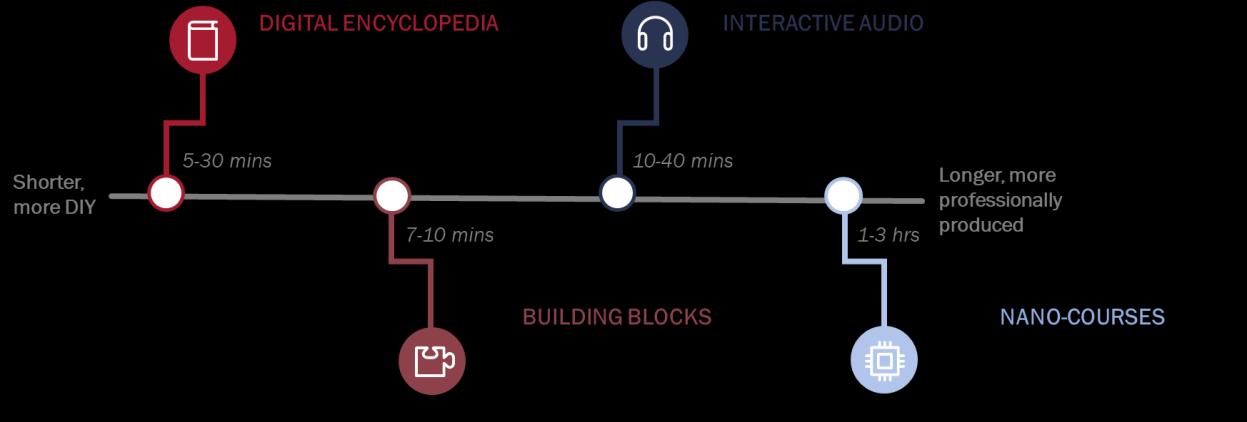
2 minute read
E. Summary of Lessons from the Pandemic
formally offered through FAS’s General Education program), and each enrolled significant numbers of non-GSAS graduate students from multiple schools, bringing wide-ranging perspectives to discussions. 26 Harvard is, at its core, a decentralized institution where each school is primarily responsible for its own activities. But during the pandemic, faculty collaborated and drew on emerging best practices across schools. Central organizations such as the Office of the Vice Provost for Advances in Learning (VPAL); Harvard University Information Technology (HUIT); and the libraries and museums stepped up their support. They created teaching materials; led the integration of Zoom with Canvas; tracked student bandwidth; made central multimedia and instructional design resources available for large-enrollment courses; facilitated access to library materials; coordinated meetings of academic leaders to surface common challenges, share learnings and best practices, and identify areas for coordination; created Slack channels to facilitate communication across schools; addressed emerging policy questions;27 drafted white papers on new teaching and program possibilities; and tracked and reported on faculty learnings. Those centralized efforts strengthened local innovation. We also learned that school strategies, complemented by central support, can accelerate university decision-making. Central coordination and Traditionally, “education policy decisions can take forever.”28 resources strengthen But during the pandemic academic leaders had to make real- local innovation. time decisions every day and relied on university-wide offices to expedite and other schools to advise.
E. Summary of Lessons from the Pandemic
The pandemic was disruptive but not destructive to the learning experience at Harvard. Experiments at multiple levels along with pre-pandemic investments generated powerful lessons for our future. Both technology and pedagogy matter. Digital technologies are important enablers of great teaching, but they’re not a silver bullet. Engaging, thoughtful pedagogy still matters. Having both in our arsenal means exciting possibilities: We can combine them in blended learning experiences, cascade them to create aligned learning, and tailor them for maximally engaging individual learning. Content and community are vital. More than anything else, the pandemic experience highlighted the importance of community to the student experience. Althoughclassroom discussions continued and knowledge mastery was realized, community beyond the classroom was often missing. Finding ways to preserve and elevate it must be a central consideration. We must seek new paths to excellence with inclusion. It is clear that more talented learners want a Harvard experience than the campus can accommodate. The lessons outlined above offer compelling new models for inclusion and excellence and underscore that online learning at large
26 The 2020-21 University courses were: GENED 1171 Justice: Ethics in an Age of Pandemic and Racial Reckoning; GENED 1094 Confronting Climate Change; and GENED 1068 The United States and China. 27 See HUIT, General Considerations for Recording and Saving Transcripts of Zoom Meetings, and Harvard Library, Copyright Considerations for the Harvard Community in Shifting Courses from In-Person to Online During the COVID-19 Crisis. 28 Edward Hundert, Daniel D. Federman, M.D. Professor in Residence of Global Health and Social Medicine and Medical Education and Dean for Medical Education (HMS).



